The Association of Art Museum Directors released its annual “State of North America’s Museums” survey the other day, and about the best I can say about it is, it’s better than nothing. Or is it?
 There has been widespread speculation about rising museum attendance, for example — with me being one of the skeptics. AAMD says that 45% of respondents said attendance rose last year, 29% said it declined, and 22% said there was no change (4% of the respondents were closed). (NB: AAMD president Michael Conforti cited these numbers for 2009 in the president’s statement, though in the survey they are labeled 2010. The numbers for 2009 in the survey are 41% increase, 39% decrease, 17% no change and 3% not open.)
There has been widespread speculation about rising museum attendance, for example — with me being one of the skeptics. AAMD says that 45% of respondents said attendance rose last year, 29% said it declined, and 22% said there was no change (4% of the respondents were closed). (NB: AAMD president Michael Conforti cited these numbers for 2009 in the president’s statement, though in the survey they are labeled 2010. The numbers for 2009 in the survey are 41% increase, 39% decrease, 17% no change and 3% not open.)
I’d say, therefore, that it did not rise (29% + 22% = 51%), especially since only 149 of the 193 members of AAMD responded, and those that did are likely to have more positive stories to tell, if past guidance from survey-takers is valid. The AAMD disagrees: Conforti said the trend toward “large increases” in attendance reported last year continued…
Actually, there’s no way to tell: the question is too broad — a museum could have 50 more visitors and report and increase or 5,000 fewer and report a decline, or vice versa.
This is my constant complaint about AAMD’s surveys: they mean nothing (at least the disclosed parts; in times past, AAMD collected information that it did not share with the public/press).
Perhaps we can detect a few trends, though (again, a caveat — the samples may not be comparable):
- For the sixth consecutive year, about half of the respondents say they are making no changes to their exhibition programs.
- For the fourth year, about 70% (74% for 2010) say they are using their permanent collections more. Cumulatively, that’s a pretty big impact.
- Overall revenue continues to decline (since 2008), with support from individuals, foundations, corporations, governments, endowments and earning income declining steeply in both 2009 and 2010.
I’m not going to harp on the need for more and better cultural statistics now: been there, done that, many times.

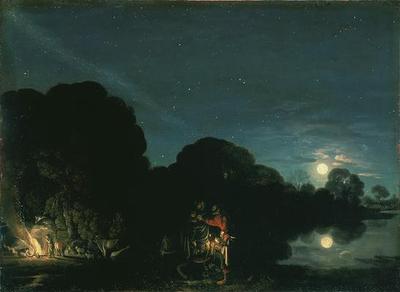
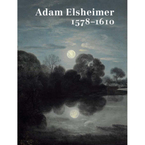

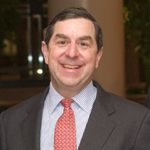 For now, I’m simply going to send you to my article in the section, “
For now, I’m simply going to send you to my article in the section, “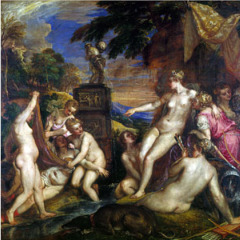 My story is pegged to the High’s recent deal with the National Galleries of Scotland, which will bring two great Titians plus other Venetian masterpieces to Atlanta next fall. Shapiro — now very attuned to the idea of partnerships — explains how many other people were at the same meeting of the Bizot group where he learned of the need of John Leighton, director of the NGS, to raise as much as £50 million to save a Titian, Diana and Callisto, at left, from being sold. Shapiro was the only one to approach Leighton.
My story is pegged to the High’s recent deal with the National Galleries of Scotland, which will bring two great Titians plus other Venetian masterpieces to Atlanta next fall. Shapiro — now very attuned to the idea of partnerships — explains how many other people were at the same meeting of the Bizot group where he learned of the need of John Leighton, director of the NGS, to raise as much as £50 million to save a Titian, Diana and Callisto, at left, from being sold. Shapiro was the only one to approach Leighton.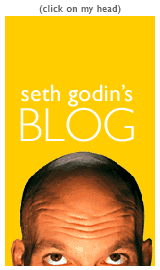 So I was delighted this morning when I opened my You’ve Cott Mail to find that Thomas Cott had linked to a blog post by management expert Seth Godin titled “Driveby culture and the endless search for wow.”
So I was delighted this morning when I opened my You’ve Cott Mail to find that Thomas Cott had linked to a blog post by management expert Seth Godin titled “Driveby culture and the endless search for wow.”